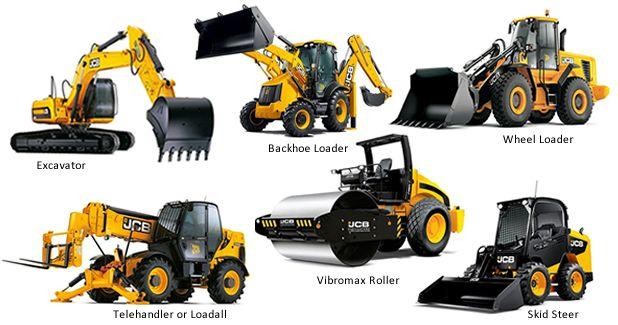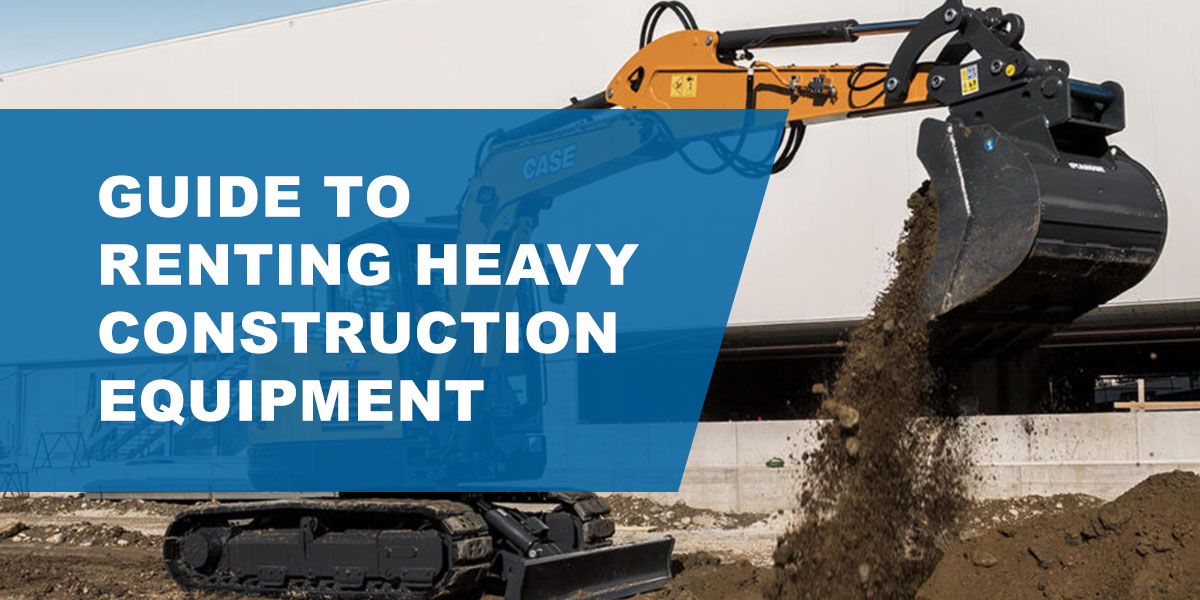Maximize Your Spending Plan by Comprehending the Prices Related To Building Tools Leasings
Recognizing the complete extent of expenses connected with building and construction devices leasings is important for maximizing your budget plan. While the first rental fee might seem straightforward, various additional costs-- such as transport, gas surcharges, and maintenance-- can promptly collect, influencing your economic planning. Being mindful of various charges and the ins and outs of rental agreements can help avoid unanticipated financial concerns. What strategies can be utilized to effectively manage these prices and make certain a much more reliable rental experience?
Review of Rental Prices
When taking into consideration building and construction tools services, comprehending the linked expenses is vital for effective budgeting and task planning. Rental expenses can vary significantly based on a number of elements, including devices kind, duration of service, and location. The initial rental cost usually mirrors the equipment's market demand and its associated functional capabilities, influencing the total expense.
Along with the base rental rate, supplementary costs may arise, such as transport fees, fuel surcharges, and maintenance charges. It is necessary to account for these added expenses to properly analyze the overall price of leasing tools. In addition, the rental duration can affect prices; longer rentals might certify for affordable prices, while short-term rentals might incur greater day-to-day charges.

Break Down of Rental Rates
A thorough understanding of rental rates is necessary for professionals and project supervisors aiming to enhance their budget plans. Rental prices for construction tools generally contain numerous parts, consisting of base rates, time-based costs, and usage charges.
Base prices are the core costs related to the rental of the equipment, frequently figured out by the kind and dimension of the equipment. These rates can vary substantially, influenced by factors such as devices demand, accessibility, and regional market fads. Time-based charges, which might be daily, weekly, or monthly, serve to accommodate various job timelines and rental durations.
In addition, rental rates might consist of usage costs, which apply when devices is made use of past a specified limit, guaranteeing that the rental firm can represent wear and tear. Seasonal need changes can additionally impact rental prices, with peak building seasons typically regulating higher rates.
Furthermore, recognizing the rental business's plans concerning upkeep and insurance can give further understanding into the general price structure. By assessing these components, service providers can make informed choices, ensuring the choice of rental tools aligns with both job requirements and budget plan restraints.
Added Charges to Think About
Recognizing the ins and outs of additional charges is important for specialists to manage their general leasing costs properly. Beyond the standard rental prices, numerous additional fees can substantially influence the overall expense of devices leasing. These charges commonly consist of shipment and pickup fees, which can vary based on distance and logistics associated with transporting the equipment to and from the job site.
Furthermore, some rental companies may enforce gas additional charges if the devices is returned with less fuel than when site web rented out. It is additionally crucial to recognize prospective cleaning fees, particularly for customized devices that needs extensive maintenance after usage.

Completely evaluating the rental agreement and making clear these extra costs in advance can help service providers stay clear of unexpected prices and make sure that budget plans remain undamaged throughout the project lifecycle.
Maintenance and Repair Costs
Regular maintenance and repair expenses are usually neglected factors that can significantly influence the general cost of building and construction equipment services. When renting devices, it is crucial to think about not just the rental fees however also the prospective prices related to keeping the equipment in optimal operating condition.
Lots of rental companies include fundamental upkeep as part of the rental contract; nevertheless, extra comprehensive repair services or unexpected break downs can cause added expenses. It's vital to examine the rental agreement meticulously to understand what maintenance services are covered and what obligations fall on the tenant.
Furthermore, devices that is not properly maintained can bring about ineffectiveness on duty website, possibly increasing and causing hold-ups task prices. To reduce these dangers, it is a good idea to carry out routine assessments and preserve open communication with the rental supplier relating to any type of problems that occur during use.
Insurance and Responsibility Prices
Insurance policy and obligation expenses are vital elements that can significantly impact the total expenditure of building equipment rentals (scissor lift rental). These costs ensure that both the rental firm and the client are safeguarded from possible economic losses emerging from mishaps, damage, or burglary during the rental duration

In addition, clients must be aware of any type of deductibles or exclusions in the insurance coverage, as these can affect prospective out-of-pocket expenditures. Comprehending the terms and problems of any insurance policy protection is important to stay clear of unexpected expenses. Inevitably, budgeting for insurance and obligation expenditures can help make sure a smoother rental experience and shield against monetary threats related to construction tasks.
Final Thought
Finally, an extensive understanding of the prices connected with construction devices leasings is crucial for effective budget plan administration. By assessing rental prices, additional fees, maintenance costs, and insurance coverage requirements, organizations and individuals can reduce unforeseen expenses. This calculated strategy not just boosts cost-effectiveness yet additionally guarantees that tasks proceed efficiently and successfully. Ultimately, educated decision-making pertaining to tools rentals adds to the general success of building and construction endeavors.
Rental costs can vary significantly based on a number of aspects, including tools type, period of leasing, and location (dozer rental). The rental period can affect pricing; longer leasings may qualify for reduced rates, while temporary rentals may incur greater daily fees
By conducting extensive study and engaging with credible rental business, specialists can successfully browse the intricacies of rental prices, ultimately optimizing their monetary resources.
Past the conventional rental prices, different supplemental costs can dramatically influence the total cost of devices leasing. Rental companies typically offer obligation insurance that covers injuries to page third parties or damage to property, while equipment damages insurance coverage can cover the expense of repair work or substitute if the rented equipment is damaged.